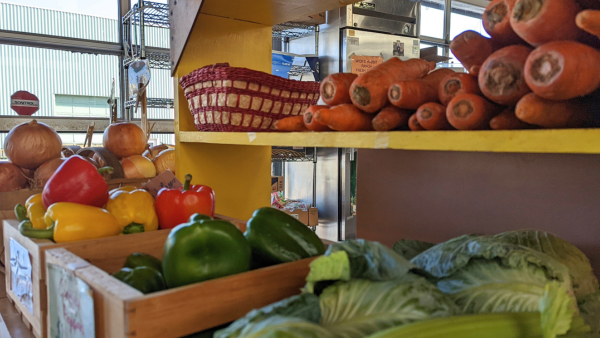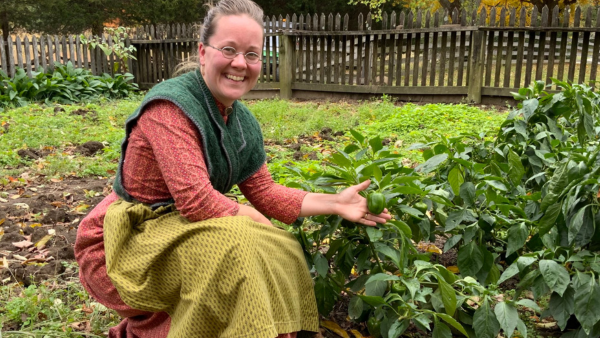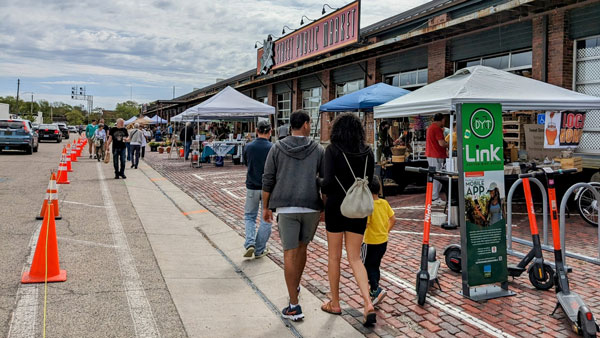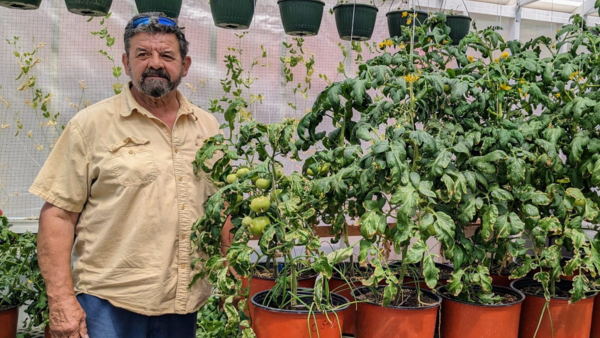Published July 26, 2023
The rewards of a local, diverse, climate-conscious diet

Guest blogger: MetroParks Sustainability Manager, Tim Pritchard
Better food choices can help curb climate change and embracing this notion can lead to rewarding lifestyle changes and personal wellness. Climate change is a heavy, urgent and overwhelming topic, but it is important that we share knowledge and empowerment focused on the betterment of our collective environment and viability of our species and Earthly cohabitants.
Project Drawdown illustrates the important relationship between food systems and climate, and underscores the fact that modern food production, transportation, marketing, preparation, consumption and disposal is a significant driver of climate change. It’s a nuanced issue and, of course, everyone must eat! Consumer choices matter, and this is where we can find collective power through individual action.
Fortunately, choices that support better health, a strong local economy, and fresher fare are all aligned with adopting a climate conscious diet. Sourcing a local/regional diet means consuming a wide variety of food and selecting ingredients that are seasonal. It places emphasis on purchasing direct from farmers, shopping at local markets, and patronizing eateries that that also support local growers.
This strategy provides an opportunity for consumers to connect with their food system and broaden their taste and culinary skillsets. Ultimately, a diverse diet which includes a high variety of plants and protein sources is likely to provide excellent nutrition and wellness. A plant-rich diet has a lower carbon footprint than one that heavily relies on meat, dairy, and processed food. However, meat and dairy can certainly be part of a healthy, climate conscious diet. Generally speaking, the less processed any food is, the more likely it is to provide high quality nutrition and bear a lower carbon footprint.
Consider regenerative agriculture – an outcome-based food production system that nurtures and restores soil health, protects the climate and water resources while enhancing farm productivity and profitability – the missing link.
These methods of building topsoil instead of depleting it through agricultural practices can be applied to growing vegetables and producing livestock. It’s a growing trend and one that is more viable if consumers focus on sourcing locally. Regenerative agriculture captures carbon through the reincorporation of compost, manure, and other nutrient sources combined with less disruptive land management strategies. This could be anything from raised bed vegetable gardening with compost laden soil, or larger scale rotation of vegetable crops and livestock in a manner that captures manure to build soil.

Want to learn more and step up your food sourcing game? Check out these resources:
- Visit 2nd Street Market – open Friday through Sunday each week, the 2nd Street Market hosts many local growers and farmers with seasonal fare. The outdoor farmers market is open Saturdays and Sundays through the growing season, which typically ends in October.
- Reference the BW Greenway Local Foods Directory
- Become familiar with the Ohio Ecological Food and Farm Association network
- Find out about Community Shared Agriculture farms (CSAs) in the Miami Valley through Local Harvest or the Edible Ohio Valley CSA guide
- Attend the upcoming Small Food and Farm Fest at Carriage Hill MetroPark on Saturday, Aug. 5.





